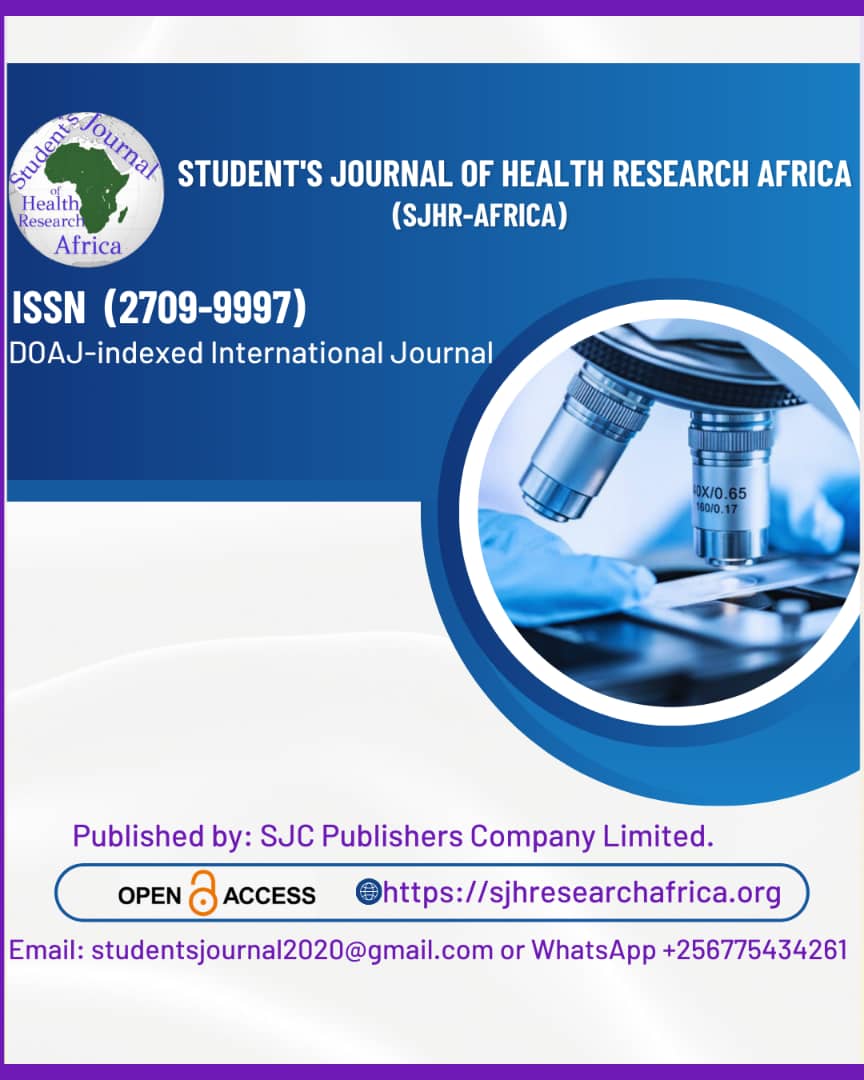Investigating the prevalence of coagulation abnormalities in hospitalized Covid-19 patients: A retrospective laboratory analysis.
DOI:
https://doi.org/10.51168/sjhrafrica.v6i10.2091Keywords:
COVID-19, coagulation abnormalities, coagulation factors, fibrinogen, D-dimerAbstract
Introduction
Coronavirus disease 2019 (COVID-19) has affected millions worldwide, with complications extending beyond respiratory illness to systemic effects, including coagulopathy. Abnormal coagulation patterns, most notably elevated fibrinogen and D-dimer levels, have been widely reported in hospitalized patients. While these abnormalities are recognized, their prevalence within different patient cohorts is not fully characterized. This study aimed to investigate the prevalence of coagulation abnormalities in hospitalized patients with confirmed COVID-19.
Methods
A retrospective laboratory-based study was conducted using hospital records of adults admitted with COVID-19. Available coagulation parameters—including fibrinogen, prothrombin time (PT), activated partial thromboplastin time (aPTT), and D-dimer—were reviewed. Abnormal results were classified according to institutional laboratory reference ranges. Data were analyzed to determine the frequency and distribution of these abnormalities among the study population.
Results
A high prevalence of coagulation abnormalities was observed in hospitalized COVID-19 patients. Elevated D-dimer was the most frequent finding, followed by increased fibrinogen levels. Prolonged PT and aPTT were less common but present in a subset of patients. Patterns suggested that abnormalities in D-dimer and fibrinogen were more consistently observed than alterations in clotting times.
Conclusion
Coagulation abnormalities are prevalent among hospitalized patients with COVID-19, with elevated D-dimer emerging as the most frequent laboratory finding. These results underscore the importance of routine coagulation monitoring in COVID-19 and provide a basis for future studies examining their clinical implications.
Downloads
Published
How to Cite
Issue
Section
License
Copyright (c) 2025 Miss.Senamile Dlamini, Dr. Ziningi Nobuhle Jaya, Mrs. Krishnambal Govender

This work is licensed under a Creative Commons Attribution-NonCommercial-NoDerivatives 4.0 International License.





















